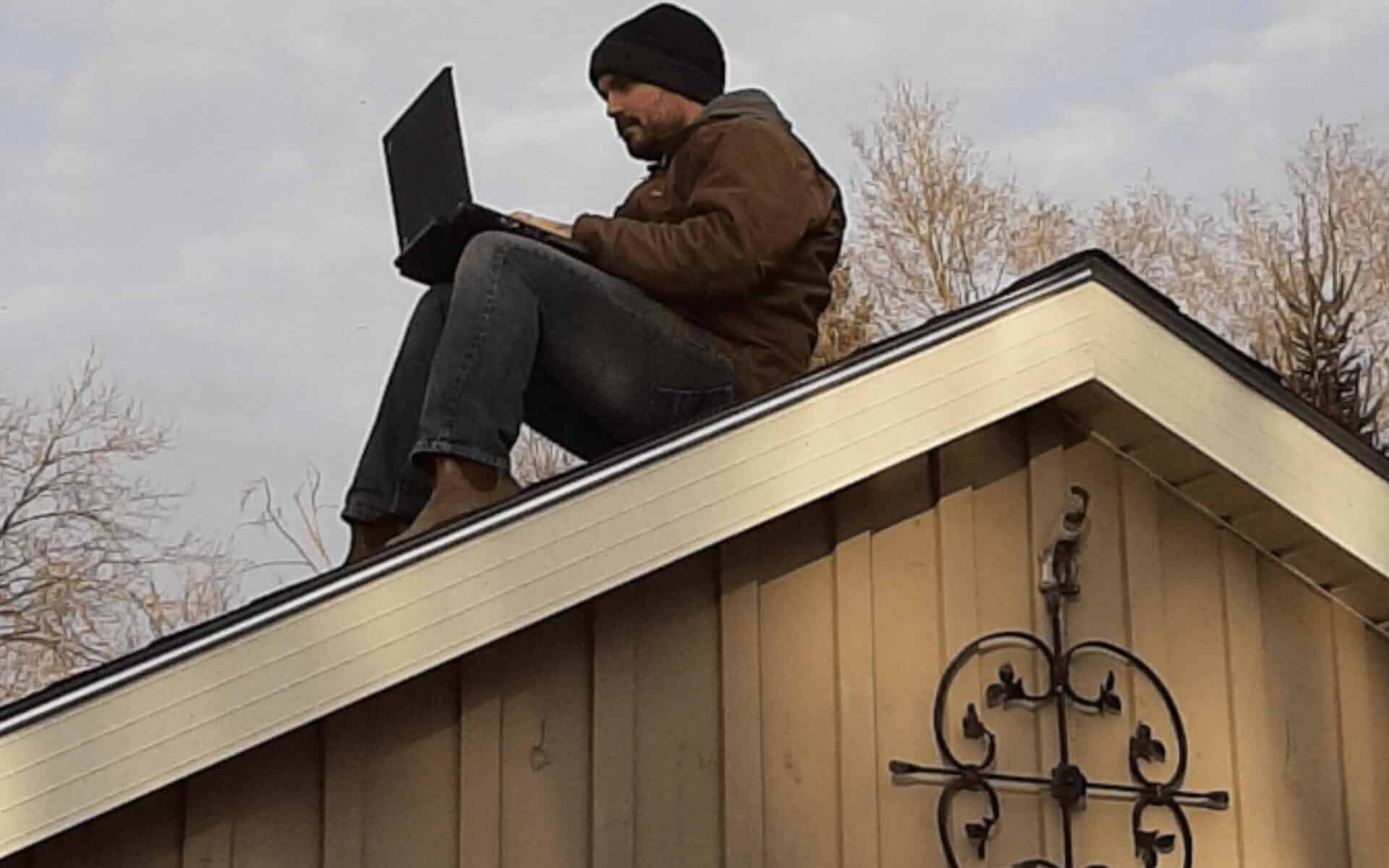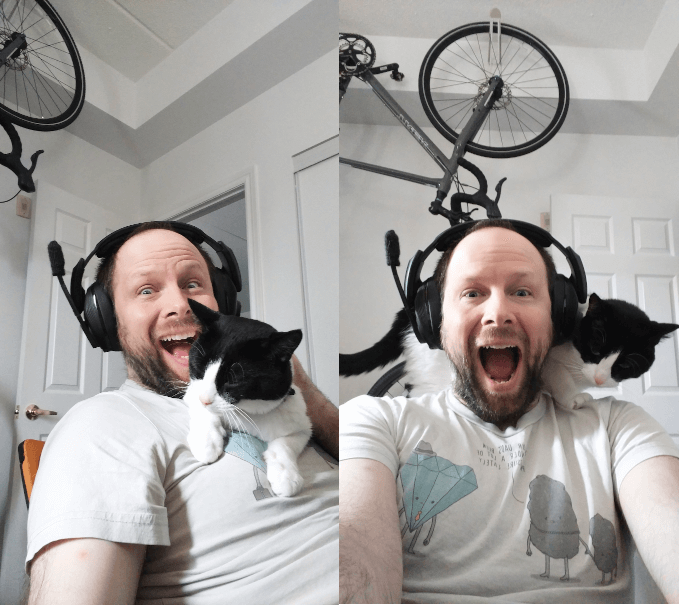Episode 35
Without a doubt we are facing the largest global disruption in generations. A sense of normalcy is not likely to return anytime soon. Humanity faces one of its greatest tests of social coordination requiring all of us to exercise individual self-control. This virus attacks the very nature of what makes us human, our ability to come together. However, our success as a species was derived from our adaptability, and now, we must adapt to working together, but apart. While numerous businesses and institutions have closed, the ones that can remain open have gone remote or radically shifted how they operate to ensure employee and public safety. Since March, MERAK’s office has been closed and we all have been continuing to work from the comfort of our homes. This blog will reflect on what I have learned over the last four months.

With modern cloud infrastructure, working remotely is seamless. I cannot imagine if this pandemic happened a decade earlier. I consider myself very fortunate with a dedicated home office space. For others, workspaces were set up where space was available, but over time, offices shifted from living rooms and kitchen tables to repurposed rooms. For myself, the walk from bed to office is about 30 feet, traffic consists of navigating around hungry cats, and a bonus dedicated parking space. Overall working from home gives me about 30 to 90 minutes of extra time each day that would have been spent commuting, by car or bicycle, respectively. My car has had the same tank of gas since February! The dress code has been comfy shorts. The freedom has had some cost, as extra time is largely spent at my desk to make up for time spent distracted, and due to the ease of work access I find it is very easy to get into the trap of, “this should only take another 20 minutes”, then spending the next hour cleaning up tasks that could have been dealt with tomorrow.
The largest shift has been most felt in the daily interactions with my colleagues. One benefit of working in the office was the casual conversations. Since the office closure, communication has narrowed to interaction with only direct collaborators. Communication is either through text chats or video calls. To help facilitate conversations MERAK has set up two informal meetings throughout the week. At each lunch hour there is an open meeting available to all staff and more recently a Friday afternoon happy hour. Because communication was largely through video calls, the lunch hours were initially work conversations and it has taken several months to emulate the more open and casual conversations that were common during lunch at the office.

Working remotely has given a new window into the lives of my colleagues. Pets and children occasionally join in on the conversation as pleasant distractions during unpleasant times. Hilarious moments of panicking toddlers, surprise entrance Roombas, and hyper animals buzzing past the camera’s field of view has cut the edge off. However, I have noticed that a day heavy with video meetings is more draining than in person meetings would have been.
There have been rising expectations in video call quality over time. Low quality laptop mics have been replaced with headsets, no more noisy laptop fans, upgraded HD webcams, hardline connections instead of Wi-Fi, repairs to squeaky chairs, and upgrades to fibre internet are all updates I have seen. Reflections on workspace ergonomics were noticed quickly, and more than one office chair has been rehomed. If digital backgrounds are not utilized, what is displayed behind the worker is a fashion statement and is as common a point of opening conversation as the weather.
More recently there has been reflection on normalizing a healthier daily habit. As a PC gamer, I have noticed over the last few months that both my work and hobby have me spending my whole day at the same desk. I have the best headphone hair! I find both work and my hobbies rewarding, and while excellent for social isolation are a daily practice that is not sustainable long term. As a result, I have been exploring other ways to spend my leisure time that still practice responsible behavior during this pandemic.

With numerous organizations making announcements that remote work will be a permanent option it begs the question, how will working at home change? For instance, with two working parents, do typical homes have the right configurations for two remote professionals and children? Multiple offices, ethernet wired to every room, and good noise control comes to mind. With schools closed (possibly again in the fall), parents are forced to take shifts between watching children and working, which stretches the working day. Even at the office, getting in a few good hours of distraction free work can be a challenge at the best of times, with small children this is a near impossibility.
While MERAK has no intentions of fully re-opening the office, there have been discussions of setting up a system of limited availability, allowing staff to get in a more focused day. At the same time, leasing office space to only be used at 20% capacity or less is silly. With the pandemic far from over, I have no doubt that both a willingness and ability to adapt will be critical going forward. The best we can do is make the best of the situation, learn and adapt, and look out for each other.
Last Updated: July 10, 2025



